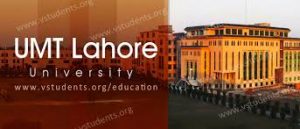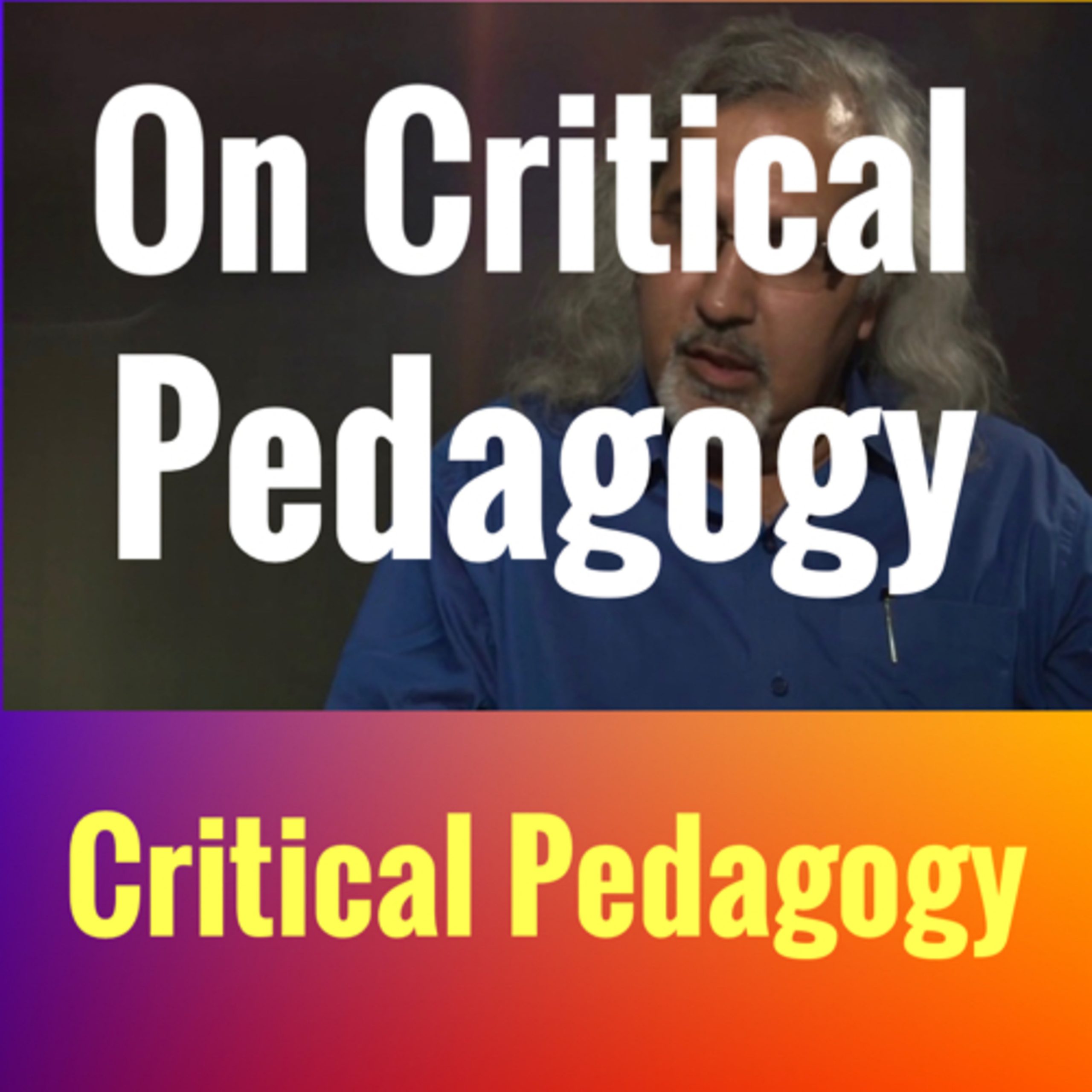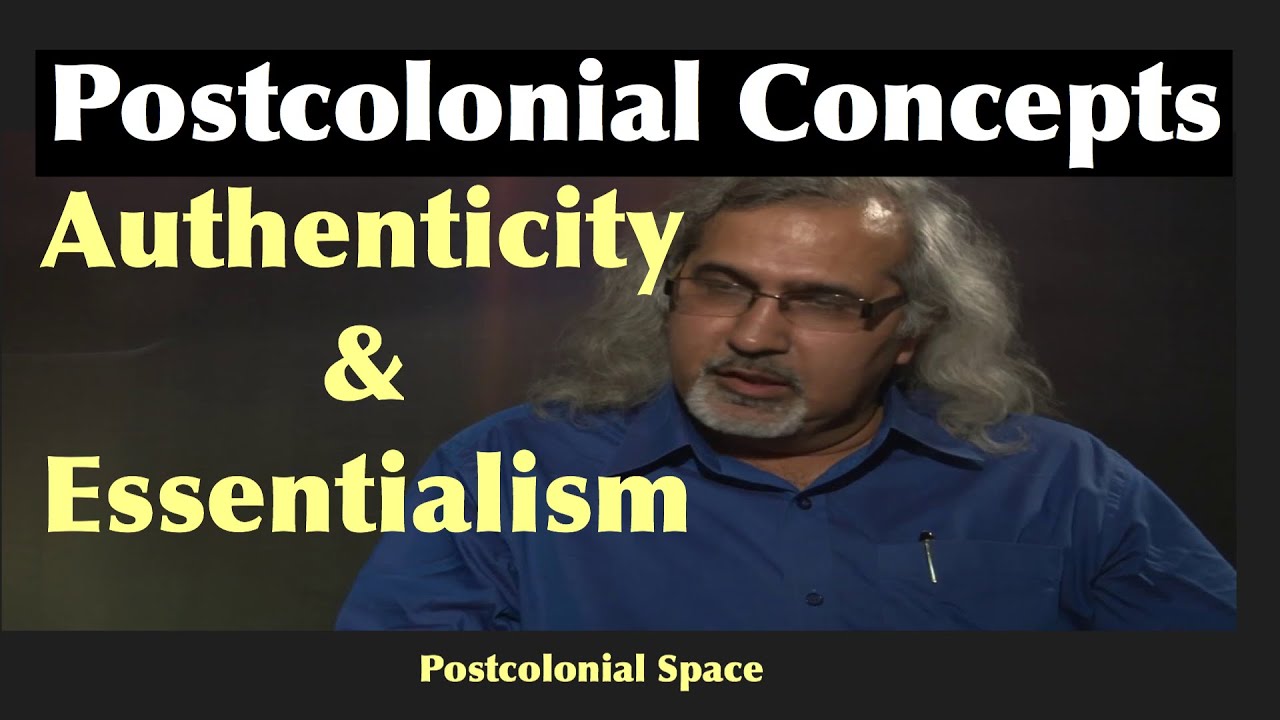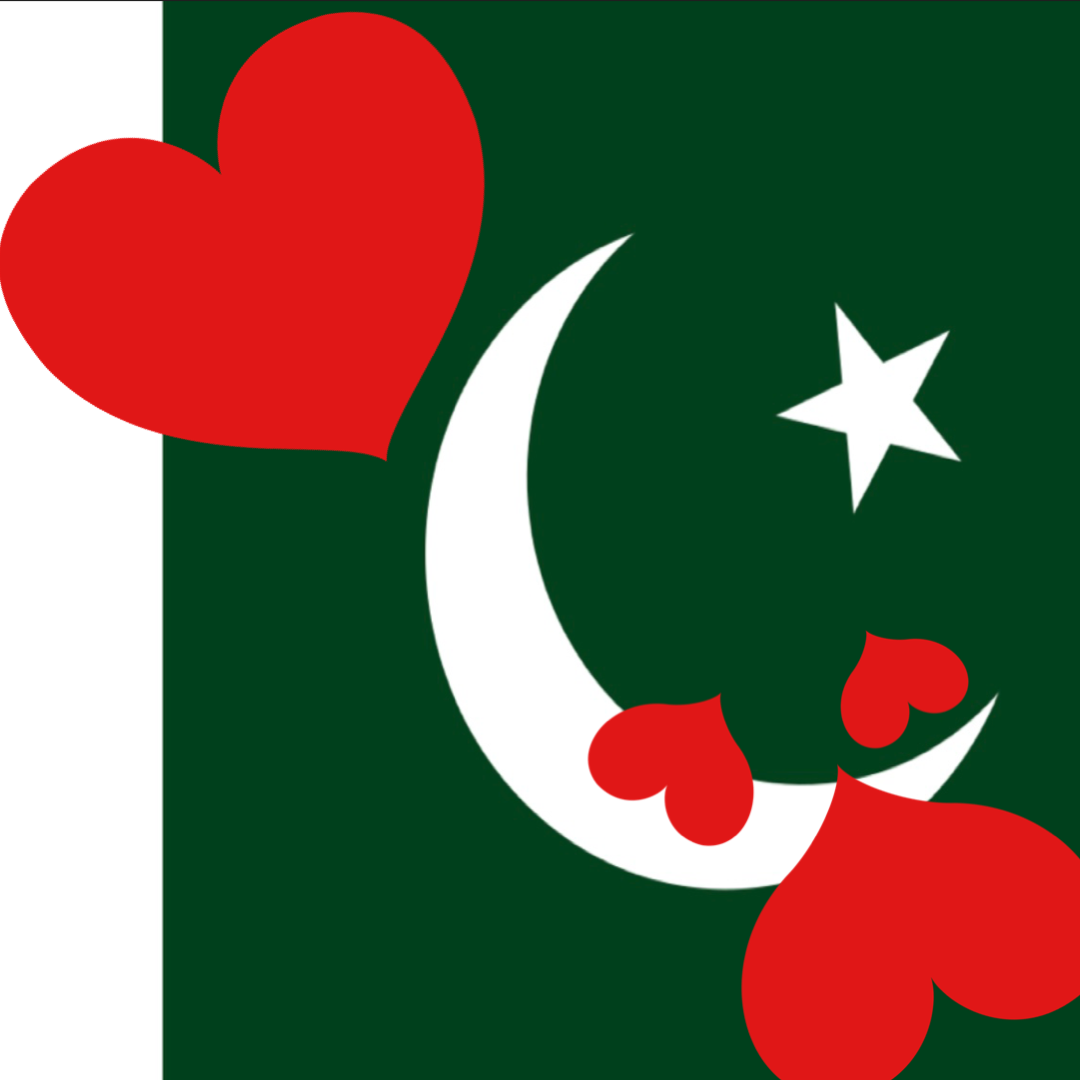For me, teaching postcolonialism, both theory and literature, to Pakistani graduate students is an act of shattering stereotypes, and an experience in introducing counter-narratives.
I start teaching postcolonialism with my initial lectures focusing on an introduction to binaries of center/ margins, insider/outsider, colonizer/colonized, official narrative/ counter narrative, and settler/native.  Asking the difference between official and counter narratives is always a discussion opener, since that is precisely the moment when students start contemplating on the grey areas that are always cushioned between the absolute categories of black and white, truth or lie. While teaching postcolonialism, I give students time to deliberate on how words have power, and how it is usually the power that has the final word. Connecting the concepts about facts and opinions, power of word and the word of powerful back to the concept of storytelling, we discuss how storytelling has the potential to rule or wreck the world. Together we discuss how storytelling may heal the wounds, and how Postcolonial literature/ theory (and , of course, teaching postcolonialism itself) is a counter-narrative that challenges the narratives of the powerful; a storytelling through which postcolonial writers have attempted to heal the wounds of subjugation, suppression and marginalization.
Asking the difference between official and counter narratives is always a discussion opener, since that is precisely the moment when students start contemplating on the grey areas that are always cushioned between the absolute categories of black and white, truth or lie. While teaching postcolonialism, I give students time to deliberate on how words have power, and how it is usually the power that has the final word. Connecting the concepts about facts and opinions, power of word and the word of powerful back to the concept of storytelling, we discuss how storytelling has the potential to rule or wreck the world. Together we discuss how storytelling may heal the wounds, and how Postcolonial literature/ theory (and , of course, teaching postcolonialism itself) is a counter-narrative that challenges the narratives of the powerful; a storytelling through which postcolonial writers have attempted to heal the wounds of subjugation, suppression and marginalization.
In ‘Teaching Postcolonial Literature’, Novita Dewi writes that ‘no theoretical concept arising from one culture can be transposed unproblematically to different cultures without considering the limits of its applicability’. I feel this is true, since I strongly believe that until and unless students are contextualized within postcolonial theoretical frameworks as part and players of those narratives, they do not comprehend the scope of a particular philosophy. For that purpose, I start teaching poctcolonialism with examples from home. I ask students to think of situations where they feel themselves as marginalized, relegated, ostracized, and suppressed. I also ask them if they feel they are accomplices in marginalizing ‘others,’ which may include other communities, classes and ethnicities, that are suffering because of different belief systems. Surprisingly (or not), students always come up with examples, sheepishly telling how they feel accomplices in suppressing others, and how they feel marginalized otherwise.
Interestingly, while teaching postcolonialism, my female students always come up with examples of what it means to be a “girl” in Pakistan, and how their marginalization began right at home with their brothers having better opportunities regarding free mobility in public spaces and choosing whatever careers they wanted to. With the wake of ‘Aurat March’ in Pakistan, I feel young women here have now much better awareness about their systematic cultural marginalization and rights than previous generations had. Also, it is very encouraging to see, while teaching postcolonialism, male students in class supporting the concerns of their female classmates. This is precisely the moment when I introduce them to postcolonial feminism and grass root movements that burgeon indigenous gendered social movements. I follow up this discussion with an introduction to Spivak and Mohanty.
My students coming from Baluchistan and Gilgit-Baltistan instantly identify with postcolonial politics as they see how it resonates with their experiences of being marginalized while studying in Punjabi elites’ city of Punjab, Lahore. With Pashtun Tahafuz Movement (PTM) and feminist movements getting momentum, politics of marginalization and subjugation, othering and ostracism of ‘others’ that is addressed in postcolonial theory and literature is seen in whole new spectrum by Pakistani students hailing from diverse backgrounds. For them, Fanon, Said, Bhaba, and Spivak are understood within the context of politics of marginalization that they live and breathe while living in Pakistan, where every day they battle with varied dynamics of class, ethnicity, culture and religion. By the end of the course, in my experience of teaching postcolonialism, it is gratifying to see students grasping all postcolonial theoretical frameworks and narratives, and comprehending it all within the context of indigenous, South Asian, and global politics.




Leave A Comment